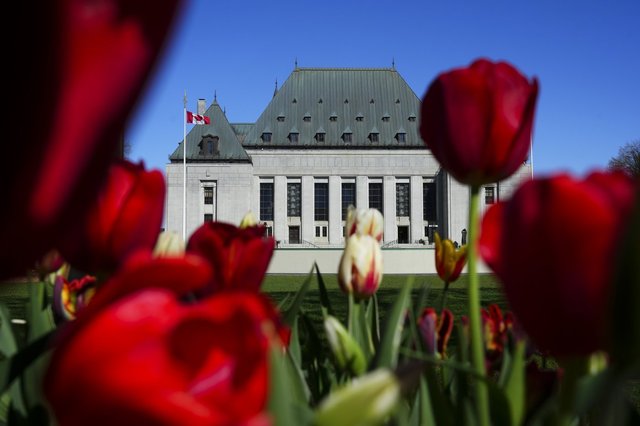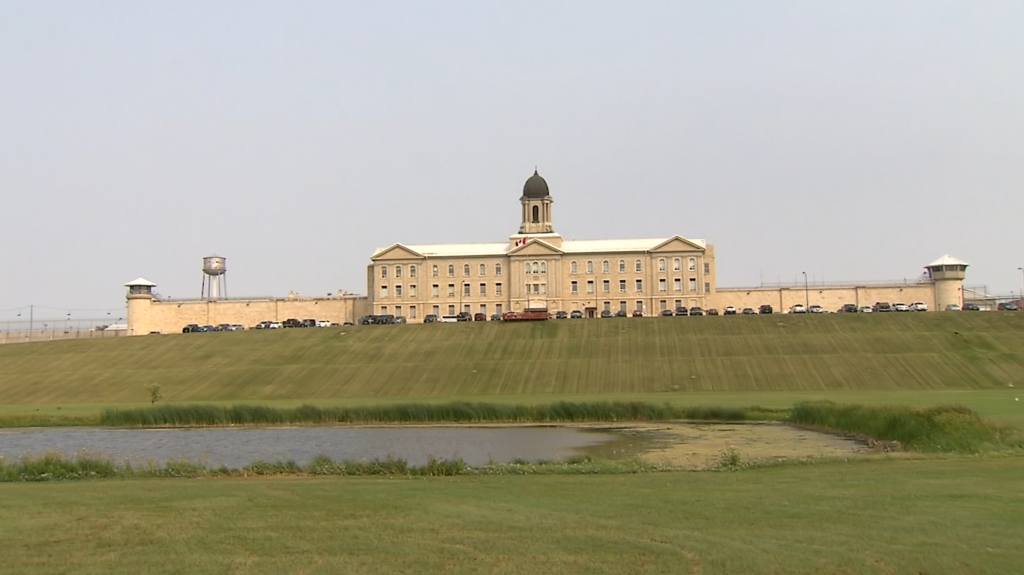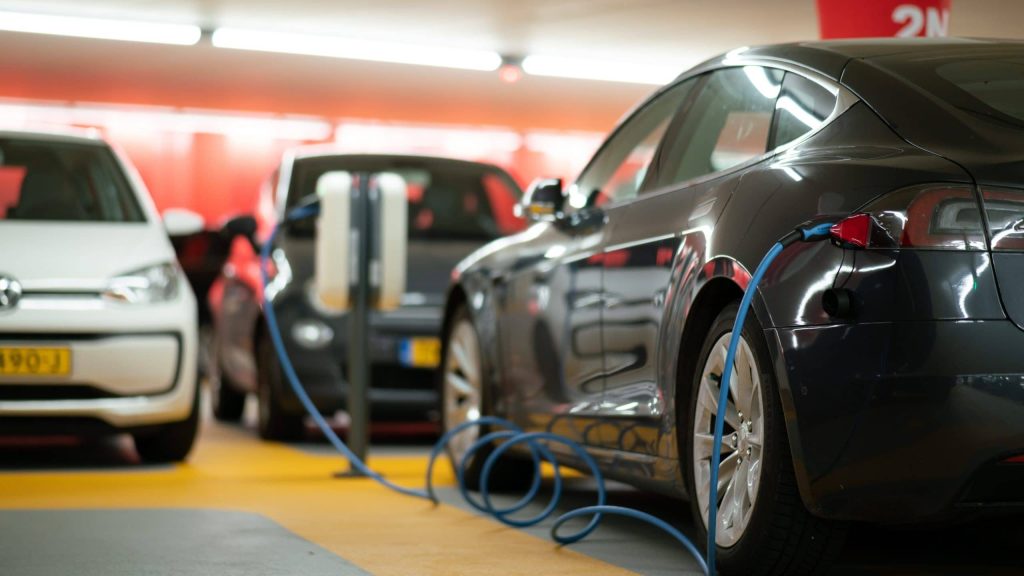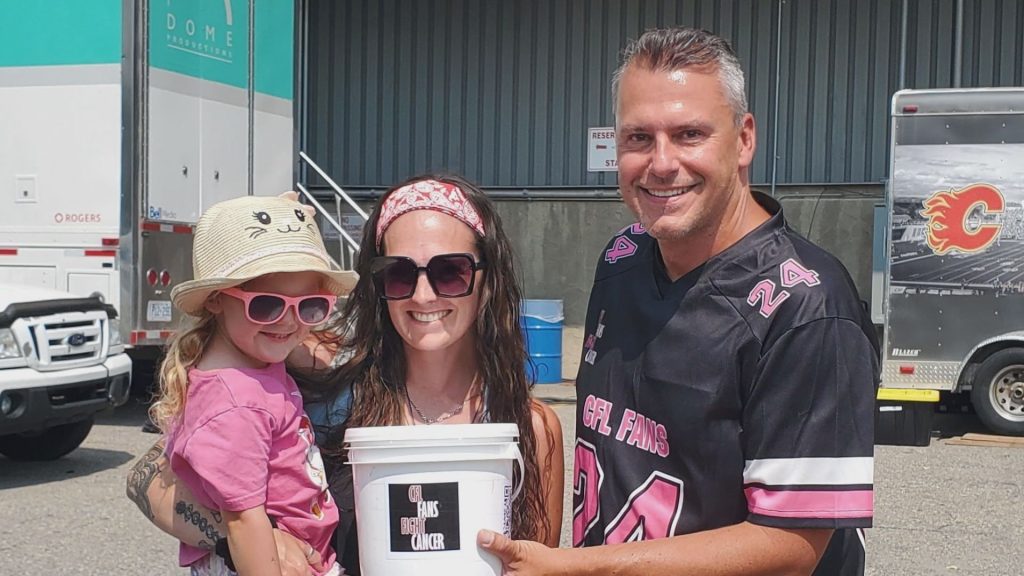Website logs carbon dioxide levels to help assess COVID-19 risk

Posted August 23, 2022 5:11 pm.
Last Updated August 23, 2022 5:30 pm.
A new web app aims to help people assess their risk of contracting COVID-19 in a particular space by logging carbon dioxide (CO2) levels at different locations across the city.
The app was developed by a three-person team including Toronto emergency room physician Dr. Kashif Pirzada.
“Lets say you’re in a room full of people — everyone breathes out carbon dioxide. If there’s a lot of carbon dioxide in that space, that means the ventilation system is not moving it out. That means all the viruses in the air from those people is still in the air too … and the more likely you are to get COVID,” he explains.
Anyone can log CO2 levels on the Raven Clean Air app wherever they are with the help of a portable monitor and the numbers are reflected on a map. Pirzada says in broad terms, outside air has a baseline CO2 level of about 420 parts per million (ppm). For indoor air, 800 to 1,000 ppm is acceptable. Above 1,000 ppm indicates poor ventilation.
“There’s about 500 users around the world in about 10 countries now. And we have about a thousand data points around the world,” says Pirzada. “Overall we have 150 cities — In Canada, where the majority of them are, maybe 70 or 80 cities.”
Currently, information is being logged both by the general public and local volunteers like pre-med students.
“I just go on to the app and then I log in where I was, the CO2 levels and the time and the weather and [approximately] how many people are in the space, what time it is and all those different details and I just log it in and that’s it,” explains volunteer Bahja Farah.
“It’s extremely useful, especially for people with underlying conditions or someone that’s vulnerable – it really helps to know whether you should be in these areas or whether you should protect yourself in these areas,” says Sidone Grange, another volunteer.
They add that it also has many practical applications in their daily lives, like deciding which restaurant to go to or whether they feel it necessary to wear a mask in an indoor space.
In addition, Pirzada says as back-to-school season approaches, monitoring CO2 levels in school will be very useful.
“CO2 is a way to tell if your school’s ventilation for your child is good. So you can share that data with other parents and you can prevent your child from getting COVID potentially,” he says. “That’s a big win because in hospitals where I work, the last wave was driven by kids getting sick, getting their parents sick, getting their grandparents sick. These people fill the hospitals and collapse the healthcare system. So getting this information out there is extremely important right now.”
However, while CO2 is a good indicator of air quality, it is important to take other factors into account when it comes to COVID-19 transmission.
“Respiratory particles and carbon dioxide don’t behave the same. So, for example, if you have a very big respiratory particle, it’s going to settle to the ground or deposit,” explains air quality expert Prof. Jeffrey Siegel.
He says in that case, the CO2 levels won’t reflect the risk of catching an infection.
“Another maybe more relevant example is filters. If you have a portable filter or a filter in your central system, it can remove those respiratory droplets but it doesn’t remove CO2,” he added.
Keeping that in mind, Pirzada says they will be adding a function to the app that will provide more nuance to risk assessment than just CO2 levels and it will take into account the air filters being used in a space.
“You have to have the right size [of filter] for that room and you can find out what the filtration rate is [from the manufacturer]. You can do a calculation — we’ll have that in the app as well — an advanced calculator. So you can be at ease if the air changes are at least six to 10 air changes an hour in a room,” says Pirzada.
While anyone can view the map and check CO2 levels at a place they may want to visit, logging information requires a monitor that can cost between $50 to $800, depending on their complexity. If you cannot or would rather not spend the money, you can borrow one from the Toronto Public Library (TPL).
“The library lends out carbon dioxide monitors through our nine digital innovation hub locations across the city,” says Ab Velasco, manager of innovation at TPL. “It is a pandemic response and the library has a long tradition of providing access to technology, especially to people who do not have access to technology. So we just saw this as a continuation and extension of the work that we do around technology and also as a way to support people during the challenging times of the pandemic.”
The library lending program was spearheaded by grassroots organization Community Access to Ventilation Information (CAVI).
“I was going around to different places and sharing the [carbon dioxide] information and people were challenging me and saying, ‘this isn’t fair because you have this device that’s $350. I can’t afford it, this isn’t right,'” explained Cheryl White, co-founder of CAVI. “I thought ‘that’s true,’ and I’m a huge public library fan and … this is something that probably the library could lend out and then everyone would have access and be able to test their workplace, their home, the places that they visit.”
White says she tweeted about the issue and thanks to many generous donations, they were able to launch the first CO2 lending program in Peterborough. She adds that the Peterborough library put processes into place that would help other libraries come on board, including a Creative Commons license. Thereafter, they were able to launch the same program with TPL.
Danielle Cane from CAVI adds that the progress of the program is very promising.
“It’s really amazing to see the success of it so far and see how it’s expanding, not only across Canada, but also the U.S., we’re also getting interest from Australia as well,” she says. “We hope to also expand to many other countries like low and middle income countries as well, to really hit the health equity angle of our work that we do.”
Cane says the Raven app is a valuable compliment to their program.
“A lot of businesses and public places don’t even know that they have good ventilation and this [app] is also a way to reward many of those businesses too, and say, ‘hey, you should advertise the fact that you have great ventilation here. This is a really great aspect of your business. And there have been a lot of businesses and public buildings etc. who are actually really receptive to hearing this,” she says.
Pirzada adds that the app aims to harness the power of community, both individuals and businesses, to provide what he feels is a public service everyone can pitch in to and benefit from.
“People want to do something to stop COVID – this is a way for many different people from many different backgrounds to come together to contribute to something positive,” he says.








